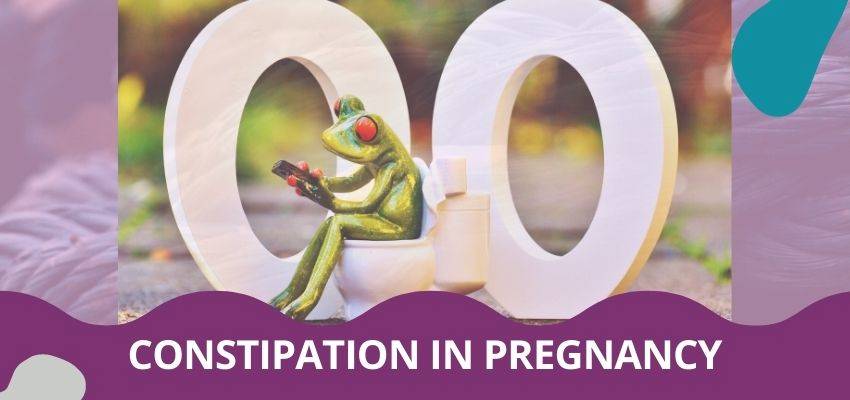Female Urinary incontinence refers to urinary incontinence in women. Urinary incontinence occurs when you lose bladder control – you start leaking urine involuntarily. Incontinence can occur in both men and women with two main forms: stress incontinence & urge incontinence (also known as an excessive bladder). Studies show that incontinence affects more women than men. Pregnancy, births or menopause could increase your chance of incontinency. Female urinary incontinence has no place in aging and has its own treatment options.
Tell me the symptoms of urinary incontinence?
Urinary incontinence is not a disease by itself. Urinary incontinence is a symptom of another health problem, usually weak pelvic floor muscles.
Common signs and symptoms of urinary incontinence include:
- Leaking urine involuntarily when coughing, sneezing or laughing.
- Feeling sudden, uncontrollable urge to urinate.
- Frequent urination.
- Waking up many times at night to urinate.
- Bed-wetting (urinating during sleep).
Tell me the cause of urinary incontinence?
Urinary incontinence is not a disease by itself. Urinary incontinence is a symptom of another health problem, usually weak pelvic floor muscles. Certain health events unique to women, such as pregnancy, child birth, and menopause, can cause problems with these muscles and surrounding nerves.
Other causes of female urinary incontinence include:
- Chronic Constipation. Women with long-term (chronic) constipation are likely to get affected with bladder control issues. Constipation, or straining to have a bowel movement, can put stress or pressure on the bladder and pelvic floor muscles. This weakens the muscles and can cause urinary incontinence. Also Read: How to tackle constipation in pregnancy
- Obesity and Overweight. Being overweight puts additional pressure on the urinary bladder, which can weaken the muscles over time. Weaker muscles mean lesser control over the bladder function.
- Surgery. Any surgery that involves a woman’s reproductive organs, such as a hysterectomy, can damage the supporting pelvic floor muscles, especially if the uterus is removed [3]. If the pelvic floor muscles are damaged, a woman’s bladder muscles may not work like they should. This can cause urinary incontinence.
- Nerve damage. Childbirth and health problems such as diabetes and multiple sclerosis can cause nerve damage in the bladder, urethra, or pelvic floor muscles. These damaged nerves may send signals to the bladder at the wrong time or not at all resulting into leaking urine.
How does pregnancy cause urinary incontinence?
As many as 4 in 10 women get urinary incontinence during pregnancy [1]. During pregnancy, as your unborn baby grows, he or she pushes down on your bladder, urethra, and pelvic floor muscles. Over time, this pressure may weaken the pelvic floor muscles and lead to leaks or problems passing urine.
Most problems with bladder control during pregnancy go away after childbirth when the muscles have had some time to heal. If you’re still having bladder problems 6 weeks after childbirth, talk to your doctor, or physiotherapist.

How does childbirth cause urinary incontinence?
Problems during labor and childbirth, especially vaginal birth, can weaken pelvic floor muscles and damage the nerves that control the bladder. Most problems with bladder control that happen as a result of labor and delivery go away after the muscles have had some time to heal. If you’re still having bladder problems 6 weeks after childbirth, talk to your doctor or women’s health physiotherapist.
How does menopause cause urinary incontinence?
Some women have bladder control problems after they stop having periods. Researchers think having low levels of the hormone estrogen after menopause may weaken the urethra [2]. The urethra helps keep urine in the bladder until you are ready to urinate.
Also, like all muscles, the bladder and urethra muscles lose some of their strength as you get older. This means you may not be able to hold as much urine as you get older.
Treatment for female urinary incontinence
There are various things you can do to manage female urinary incontinence including physiotherapy, pelvic floor correction, change of lifestyle and laser correction (in extreme cases). We list them all – Choose which one works best for your condition.
What steps can I take at home to treat urinary incontinence?
For many women, the following self-help steps make urinary incontinence go away entirely, or help leak less urine.
- Doing pelvic floor exercises. If you have stress incontinence, practice Kegel exercises to strengthen your pelvic floor muscles may help. Please note that not all types of incontinence can be improved with Kegel’s. Consult your doctor or women’s health therapist such as FabMoms for advice specific to you.
- Avoiding lifting weights and heavy objects.
- Losing excess weight.
- Training your bladder. You can help control overactive bladder or urge incontinence by going to the bathroom at set times. Urinate each time, even if you do not feel the urge to go. By gradually increasing the amount of time between visits, your bladder learns to hold more urine before it signals the need to go again.
- Changing your eating habits. Drinks with caffeine, carbonation (such as sodas), or alcohol may make bladder leakage or urinary incontinence worse. Cut down on caffeine.
- Cutting down on smoking. Smoking can make many health problems, including urinary incontinence, worse.
- Treating constipation promptly. Your doctor might recommend that you eat more fiber, since constipation can make urinary incontinence worse. Eating foods with a lot of fiber can make you less constipated.

You can also buy pads or protective underwear while you take other steps to treat urinary incontinence. These are sold in many stores that also sell feminine hygiene products like sanitary napkins and pads.
What type of doctor should I go to for help with urinary incontinence?
If you have urinary incontinence, you can make an appointment with your OB/GYN, or a women’s health therapist like those at FabMoms. Your doctor or physiotherapist will work with you to treat your urinary incontinence or refer you to a specialist if you need different treatment.
The specialist may be a urologist, who treats urinary problems in both men and women, or a urogynecologist, who has special training in the female urinary system. You might also need to see a pelvic floor specialist, a type of physiotherapist, who will work with you to strengthen your pelvic floor muscles that support the urinary tract.
How do Physiotherapists treat Female Urinary Incontinence?
Pelvic floor muscles can be strengthened by training and stimulating the muscles to properly perform their role of supporting the bladder. Once tension in pelvic structured is reduced by treatment and muscles are trained properly, the body restores control of spasms, leakage, and urine stream. (Also read: Urinary incontinence treatment)
A pelvic health physiotherapist can teach the patient several pelvic floor muscle re-training techniques that have shown to be effective in preventing and minimizing the symptoms of urinary incontinence in women. The treatment usually includes home programs and education on lifestyle changes. A physiotherapist may ask you questions about how frequent you are urged to empty your bladder. Keeping a bladder diary can help both you and your therapist to manage the condition better.
What happens if incontinence is left untreated?
If left untreated, UI can lead to sleep loss, depression, anxiety and loss of interest in sex. It might be a good idea to see your doctor if your condition is causing you to: Frequently urinate (8 or more times per day)

Can incontinence be prevented?
How do I Prevent Incontinence After Pregnancy?
Pregnancy incontinence is a normal occurrence following the delivery of a baby; however, there are some ways you can help prevent it or improve bladder control.
- Take your time while using the toilet. When urine is allowed to flow at its own speed, you aren’t using your pelvic floor to push it out.
- Treat urinary tract infections (UTIs) promptly. UTIs irritate the bladder lining and it’s important to seek treatment immediately if you have symptoms.
- Document your bladder leakage issues. This will help with planning trips to the bathroom and provide information to your doctor.
- Maintain a healthy weight. Excess weight can put added strain on the muscles of the pelvic floor.
- Don’t smoke. A chronic cough because of smoking weakens the pelvic floor and contributes to incontinence.
- Do pelvic floor muscle or Kegel exercises. They are safe and effective before, during, and after pregnancy.
- Avoid carbonated and caffeinated drinks such as soda, coffee, or tea. These types of beverages can make you feel like you have to use the bathroom more often.
- Talk to a trusted obstetrician about your concerns and to seek diagnosis or treatment advice.
References: [1] Sangsawang, B., & Sangsawang, N. (2013). Stress Urinary Incontinence in Pregnant Women: A Review of Prevalence, Pathophysiology, and Treatment. International Urogynecology Journal; 24(6): 901–912. [2] Kim, D.K., & Chancellor, M.B. (2006). Is Estrogen for Urinary Incontinence Good or Bad? Reviews in Urology; 8(2): 91–92. [3] Altman, D., Granath, F., Cnattingius, S., & Falconer, C. (2007). Hysterectomy and Risk of Stress-Urinary-Incontinence Surgery: Nationwide Cohort Study. Lancet; 370(9597): 1494–1499.
